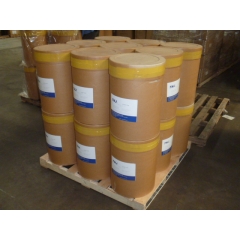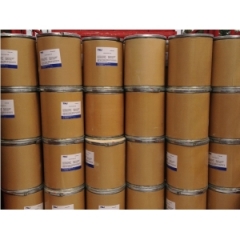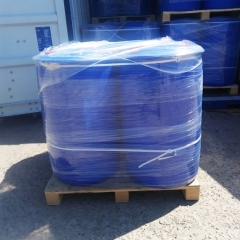Warfarin, also known by the brand name Coumadin among others, is an anticoagulant normally used to prevent the formation of blood clots in the blood vessels and their migration elsewhere in the body. It was initially introduced in 1948 as a pesticide against rats and mice, and is still used for this purpose, although more potent poisons such as brodifacoum have since been developed. In the early 1950s, warfarin was found to be effective and relatively safe for preventing thrombosis and thromboembolism in many disorders.
Specification
Assay 98.5%
Appearance white crystalline powderSieve Analysis 100% pass 80 mesh
Loss on Drying 5% Max
Ash 3% Max
Sulphate 0.5% Max
Insolubles In Ethanol 10ppm Max
Ethanol Resides 0.2% Max
Arsenic (As) NMT 2ppm
Cadmium(Cd) NMT 1ppm
Lead (Pb) NMT 2ppm
Chlorate (Cl) NMT 1ppm
Phosphate Organics NMT 1ppm
Heavy Metals 20ppm Max
Pesticides Residues NMT 1ppm
Application
Warfarin is an anticoagulant. It was initially marketed as a pesticide against rats and mice and is still popular for this purpose. A few years after its introduction, warfarin was found to be effective and relatively safe for preventing thrombosis and embolism (abnormal formation and migration of blood clots) in many disorders. It was approved for use as a medication in the early 1950s and has remained popular ever since; warfarin is the most widely prescribed anticoagulant drug in North America.
Package & Storage
25kg/fiber drum or according to clients'requested
Stored in a cool and dry place



















 chemical.tnj
chemical.tnj